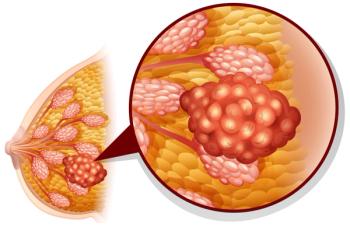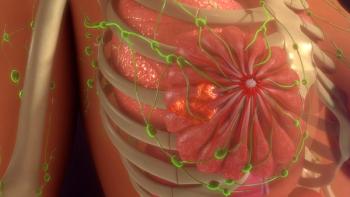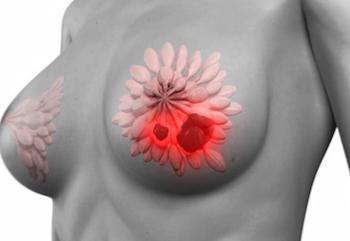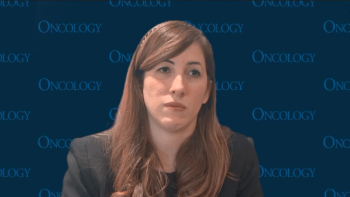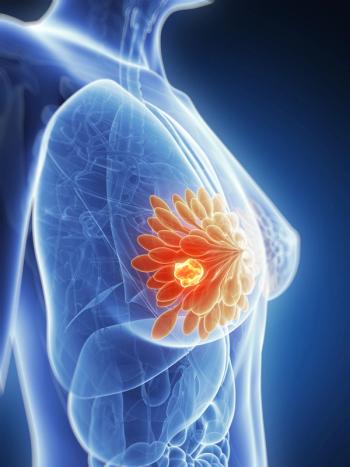
|Slideshows|November 16, 2016
Top Breast Cancer News of 2016
Author(s)Cancer Network Editors
This slide show highlights some of the top breast cancer news of 2016, including a study looking at optimal margins in DCIS, a trial on biosimilars, a new FDA approval, and more.
Advertisement
Newsletter
Stay up to date on recent advances in the multidisciplinary approach to cancer.
Advertisement
Advertisement
Advertisement
Trending on CancerNetwork
1
Imlunestrant Combo Will Not Be Pursued for FDA Approval in Breast Cancer
2
Enfortumab Vedotin Combo Improves Survival in Cisplatin-Eligible MIBC
3
SABCS 2025: The Top 5 Takeaways for Breast Cancer Research
4
FDA Grants Fast Track Designation to GPC3x4-1BB Bispecific Antibody in HCC
5


